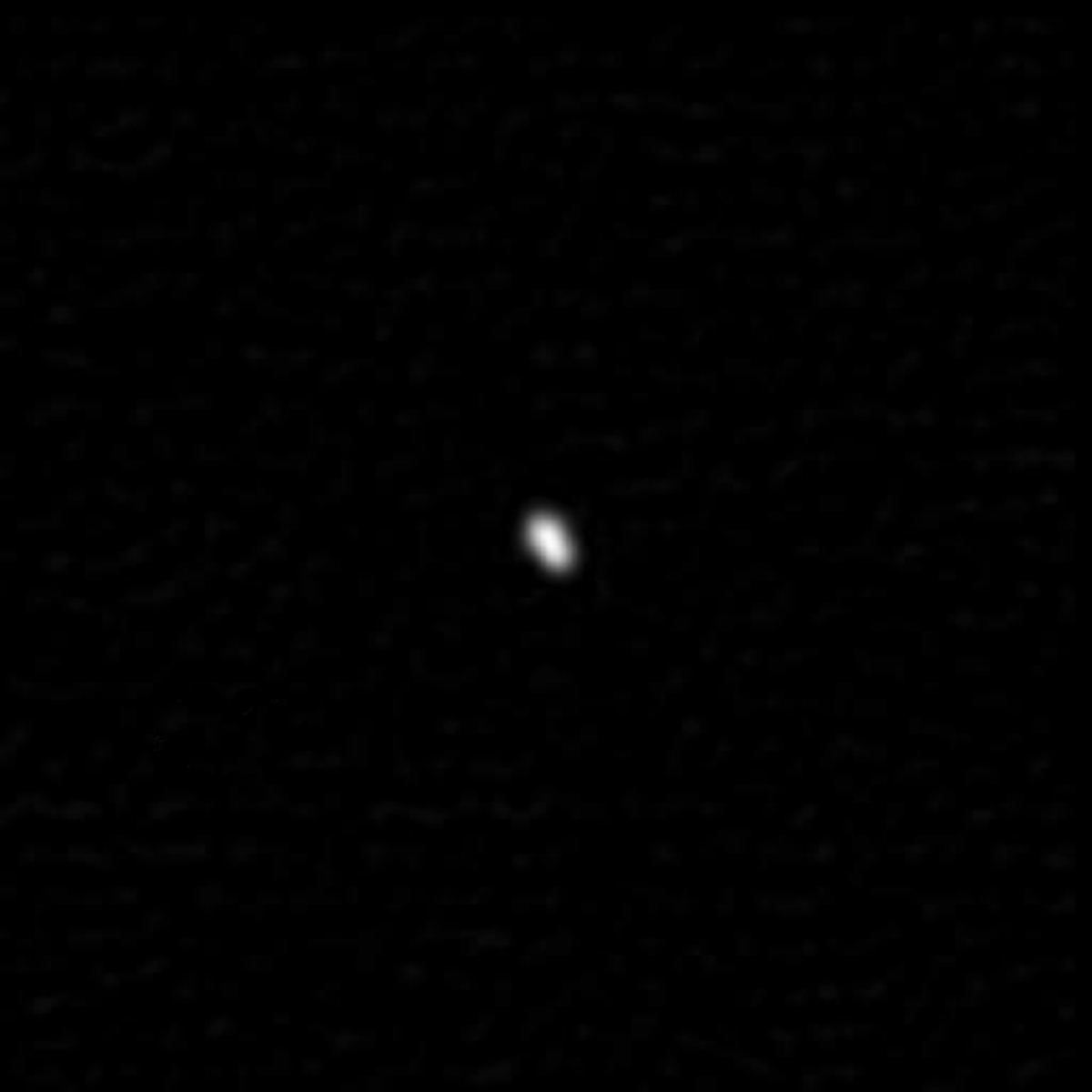Styx

Discovery
Styx was discovered on June 26, 2012 by a large team led by Mark Showalter using the Hubble Space Telescope.
In Depth
Pluto’s tiny moon Styx was uncovered in a Hubble survey searching for potential hazards in advance of the July 2015 New Horizons spacecraft Pluto flyby.

It is intriguing that such a small planet can have such a complex collection of satellites. The discovery provides additional clues for unraveling how the Pluto system formed and evolved. The favored theory is that all the moons are relics of a collision between Pluto and another large Kuiper Belt Object billions of years ago.
The moon is estimated to be 6 to 15 miles (10 to 24 kilometers) across. It is in a 58,000 mile (93,000 kilometer) diameter circular orbit around Pluto that is assumed to be on the same plane with the other satellites in the system.
How Styx Got Its Name
Originally designated S/2012 (134340) 1 (and sometime referred to as P5), Styx is named for the mythological river that separates the world of the living from the realm of the dead. All of Pluto's moons are named for mythological figures associated with the underworld, a naming conventions started by 11-year-old Venetia Burney in 1930.




